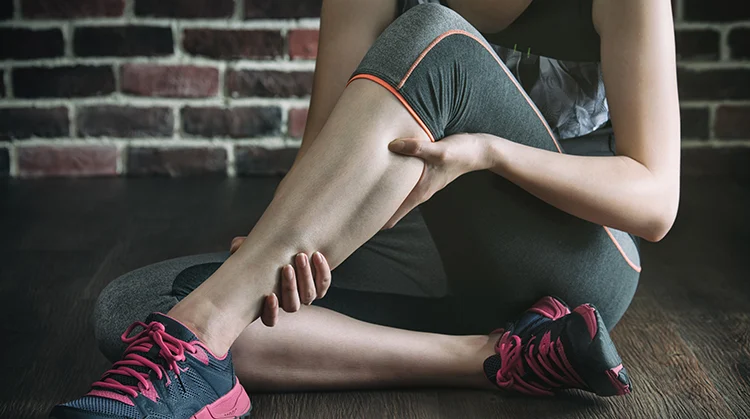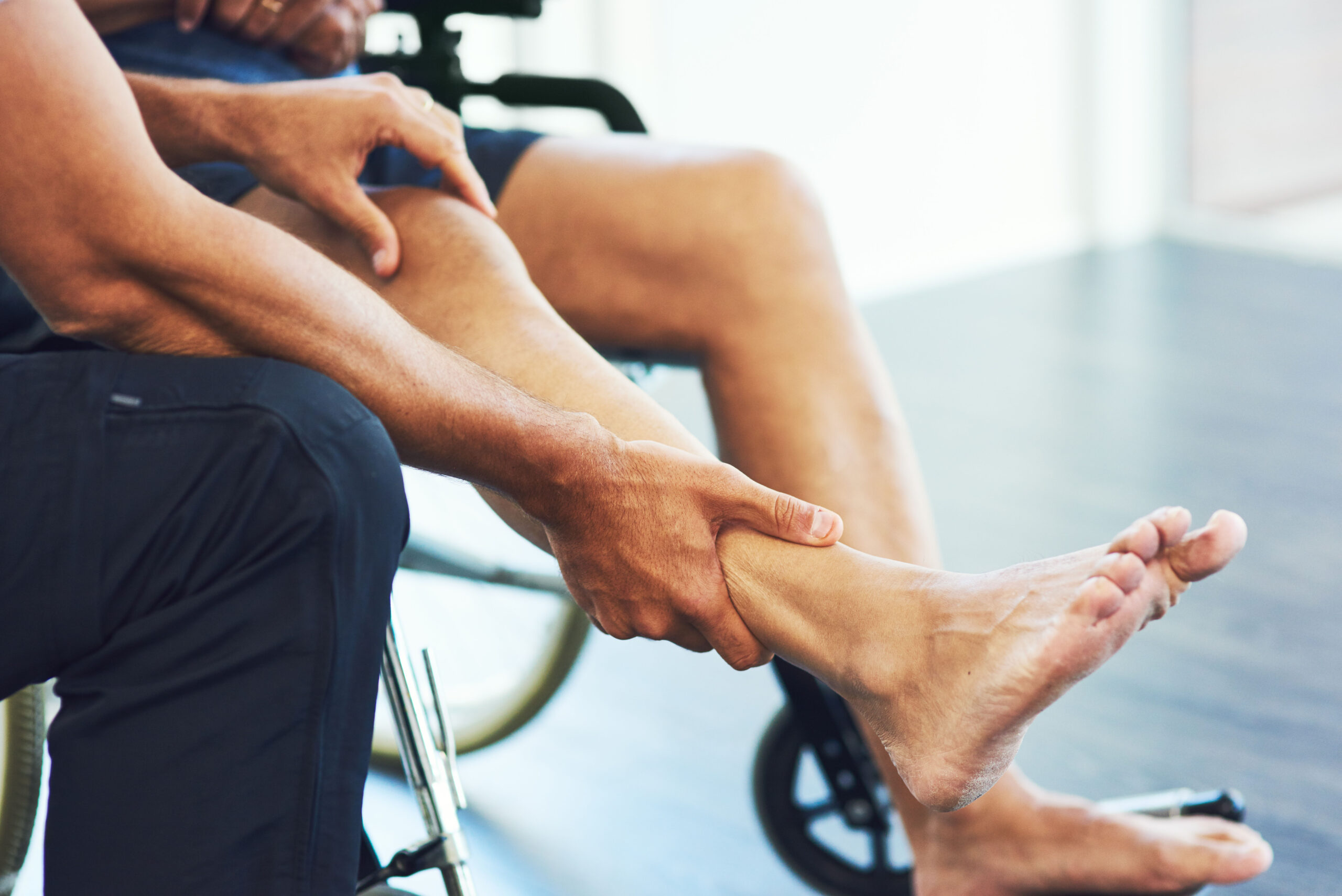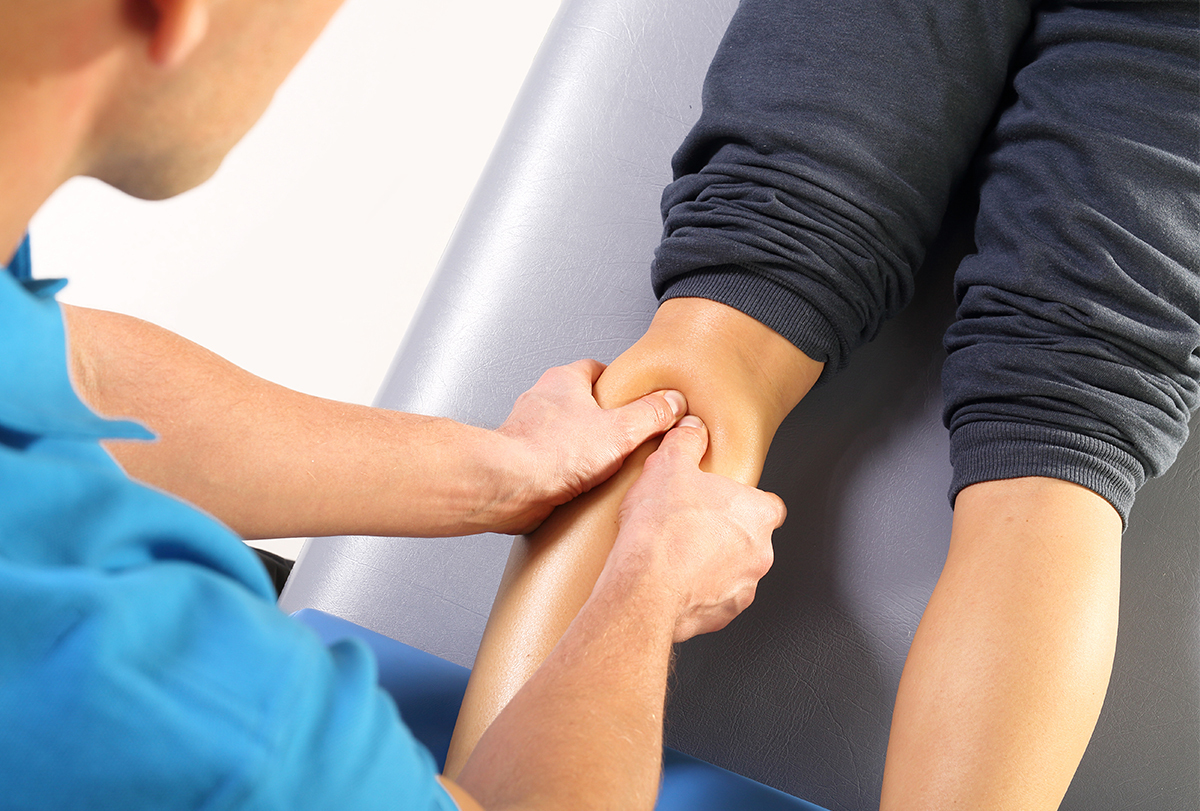It’s normal to feel some muscle soreness after working out, especially if you’re new to exercise or try a more intense routine. This post-exercise muscle pain is often described as an achy or stiff feeling and can range from mild tightness to more severe discomfort. That feeling of soreness and tightness can be quite uncomfortable and even hinder your ability to continue exercising. But fear not, because, here we’ll provide you with some effective tips on how to relieve muscle pain after exercise.

Contents
How To Relieve Muscle Pain After Exercise?
To help you alleviate this discomfort and recover faster, here are some effective strategies:
- Gentle stretching: Engaging in light stretching exercises after your workout can help relieve muscle tension and improve flexibility. Focus on targeting the main muscle groups you worked on during your exercise session.
- Muscle massage: Consider treating yourself to a massage or using a foam roller to relieve muscle soreness. Massaging the affected area can help increase blood flow, reduce muscle tension, and promote relaxation.
- Rest: Allow your body enough time to rest and recover after an intense workout. Adequate sleep and rest days are crucial for muscle repair and growth. Listen to your body and don’t push yourself too hard, as overtraining can exacerbate muscle pain.
- Ice and heat therapy: Applying ice packs to the affected muscles can help reduce inflammation and numb the area, providing temporary relief. Alternatively, heat therapy, such as a warm bath or shower, can increase blood flow and relax your muscles, alleviating soreness.

- Over-the-counter pain relievers: Over-the-counter nonsteroidal anti-inflammatory drugs (NSAIDs) like ibuprofen (e.g., Advil) can help reduce pain and inflammation associated with muscle soreness. However, use them sparingly and follow the recommended dosage.
What causes sore muscles after a workout?
Understanding the causes of this discomfort can help you effectively relieve muscle pain and enjoy a faster recovery. Here are the key factors contributing to sore muscles after exercise:
- Microscopic Tears: During exercise, your muscle fibers and surrounding connective tissues experience microscopic tears. These tears are a natural response to the stress placed on your muscles during intense or unfamiliar activities.
- Inflammatory Response: The cause of muscle soreness is not solely attributed to these tears. Sports scientists now believe that inflammation plays a significant role in the discomfort experienced after a workout. When muscles are injured, an inflammatory response occurs, resulting in fluid accumulation around and inside the muscles.
- Increased Pressure: The accumulation of fluids in and around the muscles leads to increased pressure. Muscles have cells that react to this pressure, contributing to the sore feeling commonly associated with muscle soreness.
How to Prevent Sore Muscles When You Exercise?
By following the strategies below, you can minimize the risk of experiencing post-exercise muscle pain.

1. Warm Up Properly:
Before diving into your intense workout, make sure to warm up your muscles. This can be done through light aerobic exercises or dynamic stretches. Warming up helps increase blood flow to the muscles, making them more flexible and reducing the risk of injury.
2. Gradually Increase Intensity:
Avoid pushing yourself too hard, too soon. Gradually increase the intensity and duration of your workouts to allow your muscles to adapt and strengthen over time. This helps prevent excessive stress and strain on your muscles, reducing the chances of soreness.
3. Pay Attention to Your Form:
Maintaining proper form during exercise is crucial in preventing muscle soreness. Incorrect form puts extra strain on certain muscles, leading to soreness and potential injuries. Seek guidance from a qualified fitness professional to ensure you’re performing exercises correctly.
4. Stay Hydrated:
Proper hydration is essential for overall muscle health and recovery. Dehydration can lead to muscle cramps and contribute to soreness. Make it a habit to drink water before, during, and after your workouts to keep your muscles well-hydrated.
5. Incorporate Rest Days:
Allowing your body enough time to rest and recover is key to preventing muscle soreness. Avoid overtraining and listen to your body’s signals. Schedule regular rest days to give your muscles the chance to repair and rebuild.
Now that you have a better understanding of how to relieve muscle pain after exercise, you can confidently pursue your fitness goals without the fear of debilitating soreness. Incorporate these strategies into your routine and enjoy the benefits of a healthier, more active lifestyle.
Frequently Asked Questions
Why do I ache so much after exercise?
Muscle soreness occurs because muscle and the connective tissue around it get damaged during exercise. This is normal and needed for muscle growth.
What foods help muscle recovery fast?
Foods that can help with muscle recovery include tart cherry juice, watermelon, fatty fish, pomegranate juice, beet juice, whey protein shakes, eggs, and dairy.
Does stretching help sore muscles?
Stretching before and after exercise can reduce peak soreness by a small amount, as shown by one study.

Hello, I’m Ravindra. Over the years, I’ve immersed myself deeply into the world of fitness and health, transforming both my body and mind. Writing has allowed me to share my journey, insights, and expertise with those just starting out and seasoned fitness enthusiasts alike. Beyond just routines and diets, I believe in inspiring others to adopt a holistic approach to well-being.
